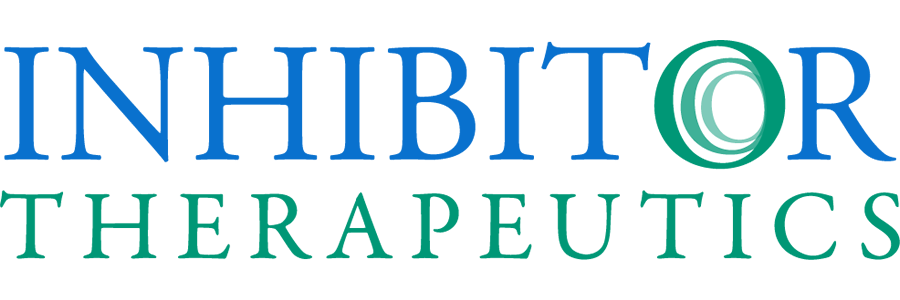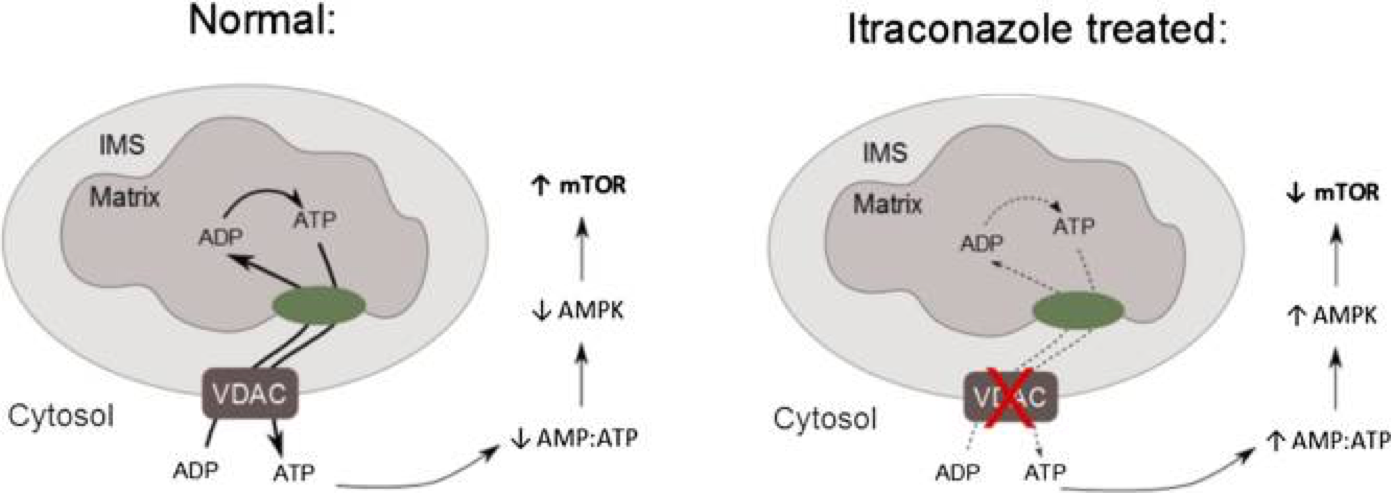It is acknowledged that BCCs in in BCCNS owe their formation to a pre-existing mutagenic alteration in the PTCH1 gene, paired with a secondary mutation, such as one induced by UV exposure, occurring throughout an individual’s lifespan. Yet, emerging research implies that this secondary mutation facilitates the transformation of these cells into tumorous entities, but it does not provoke their proliferation or metastatic spread. One particular study (Chow et al)*. utilized RNA sequencing to decipher the biological pathway propelling BCC growth.
From the assay results, it was observed that BCCs exhibited a considerable amplification in the expression of the mTOR pathway. This pathway plays an essential role in regulating angiogenesis, the growth of new blood vessels from pre-existing ones. Thus, indicates that it is the heightened activity of the mTOR pathway, and the consequent enhancement of angiogenesis, that stimulates growth, rather than the initial PTCH1 mutation.
Further in the same study, the team pursued an investigation into whether the mTOR pathway’s inhibition would obstruct the HH pathway and tumor growth. This was executed by treating murine BCCs with three recognized mTOR inhibitors. The outcome of this part of the study revealed that all three mTOR inhibitors significantly reduced BCC growth over time.





